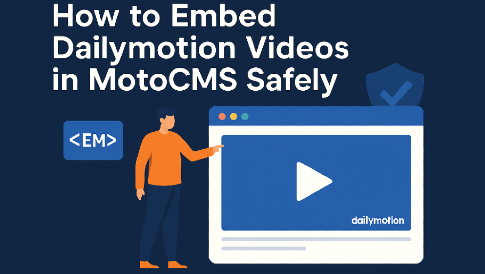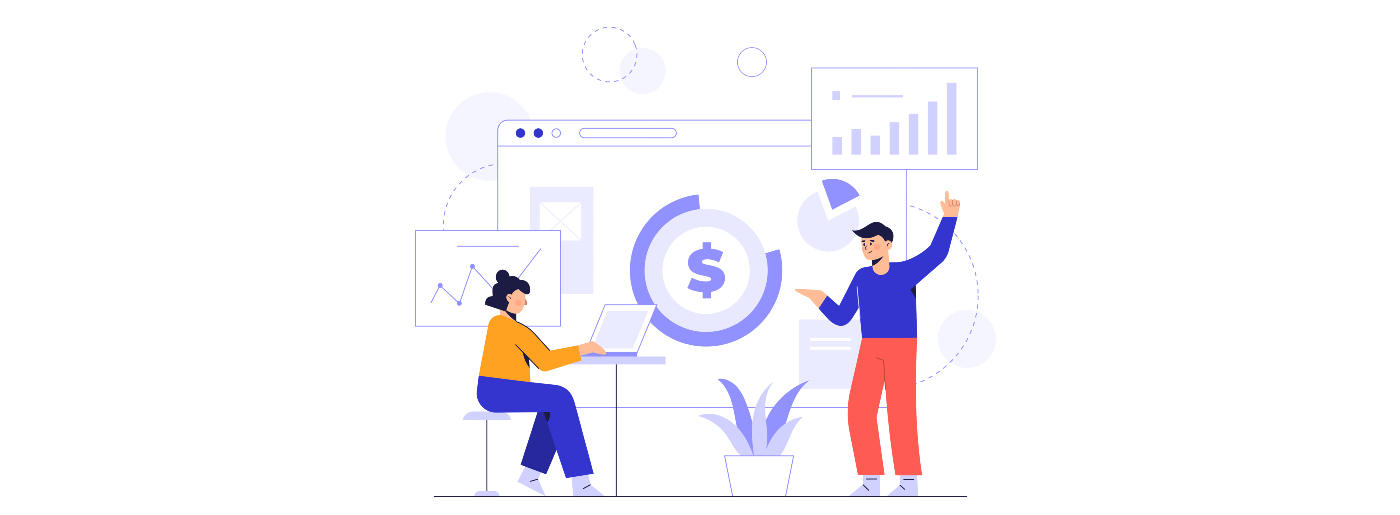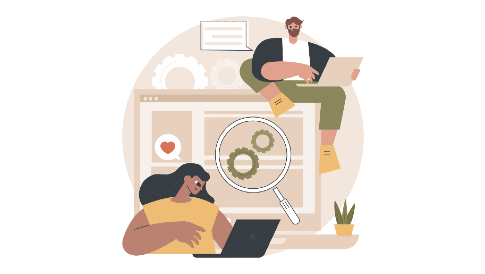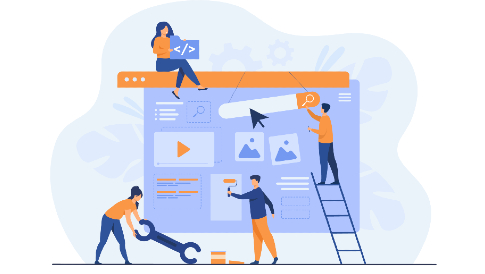How to Hire a Web Designer and Do No Wrong
Taking your business to the next level often means making a significant investment, such as bringing in a new hire or creating a professional website. Unfortunately, not many business owners have the skills necessary to design a website, and many don’t have the time to learn the skill either, so it seems to be the ultimate option to hire a web designer.
When it comes to your business website, design quality is an important performance metric that affects not only the user experience but also the sales revenue and profits. According to a 2021 Fasthosts survey of 1500 online retailers, slow-loading websites were shown to cost retailers around £60bn ($71bn) in lost sales every year. Poor website design and lack of website optimization are some of the main causes of sluggish loading times. Luckily, you can eliminate a majority of user experience issues by hiring an experienced web designer. Below is how you can achieve this:
Hire a Web Designer After You Know What You Want to Be Done
Before going out to hunt the best web design talent, you want to first square it out with yourself. One of the things you should consider is the objective the website will serve. What will the website feature? Will it serve as a customer touchpoint, an e-commerce site, or both? If you already have a website in place but feel like revamping it, then what changes do you want? Do you want a complete makeover or a simple re-touch? Answering all these questions will help you narrow down to what truly matters. Sometimes you may find that adjusting everything on the existing site is cumbersome and confusing, so you may choose to design a new one from scratch.
By distilling everything into finer details, you’ll have a clear picture of the entire web design project – from its scope of it, the estimated budget, and even the right talent to hire. For further reference, it’s good to have everything in writing. What follows is to go deeper into the parameters of what makes up your preferred website. Here, you’ll need to do some research.
Do Your Research & Hire a Web Designer
Now that you know what to expect from your new website, you need to find some web design inspirations, often those relevant to your niche. For instance, if you are in the consulting, freelancing, or e-commerce business, you need to find the best companies from each of the three categories and compare the design of their websites. Some of the factors you should consider when doing the comparison include:
- The website themes and templates
- The color choices
- Font types and sizes
- Logo design
- Slideshow navigation designs, e.g., the presence of responsive sliders, etc.
You should also keep in mind the other important aspects: the site’s responsiveness, ease of navigation, and loading speeds. Where possible, you can bookmark up to 10 sites that capture your interest. You can choose to narrow down your options further based on factors such as the number of pages and overall layout. You can then identify the five best sites that will inspire the design of your website.
The benefit of doing this is that you’ll reduce the time the designer will use in researching and brainstorming what will work best for you. In some cases, you will lower the design cost since you’ll have eliminated much of the burden, and your designer will only need to integrate a couple of features to get you the perfect template. This also means you’ll end up with a site that requires little to no modifications, which, depending on the designer, might be charged at the normal design rate.
What’s Your Budget
Perhaps this is one of the critical questions you should ask yourself before looking for a web designer. According to U.S labor statistics, the median annual wage for web designers was $77,200 as of May 2020. The salaries were also projected to grow 8% from 2019 to 2029. This puts the average wage per hour at around $38. Assuming that this is the lowest possible rate, you’ll probably opt for a designer charging upwards of $50 per hour just to be sure that the person really knows what they are doing.
With some rough estimations, say you’ll be designing a website for your small business with a total of 8 pages – homepage, about page, contact page, blog, landing page, and a couple of products or service pages. Say the designer takes two hours to design each page at a rate of $50 per hour. Then the cost will fall to roughly $800. That is before adding some consultancy fees and probably some additional cost for re-doing certain pages, which brings the total price to approximately $ 1,200 – $ 1,500.
While the rough estimate above is fair at best, the web design market is very flexible, and it accommodates everyone – from small businesses with the least budget to large corporates ready to spend in excess of $ 100,000. Knowing where you fall within this range will help you set the right expectations from the beginning. And while the service fee may not always dictate the quality of services you’ll get, stretching your budget way beyond or below the average rates may mean that you’ll get what you pay for.
Making the Call – Finding the Right Designer for Your Business
After considering all the above factors, all you have left is to make the call. Instead of starting over from scratch, searching for “the best designers near me,” you want to refer to the list of five websites you identified while doing your research.
Visit each of these sites and go to the contact page. Note down the contact information from each site, pulling out as many details as possible. Email addresses are probably the best, but some may not be active, so be sure to get their phone numbers and social media contacts as well.
Before contacting the admins of these sites, craft an outreach message you can use across all the platforms. Commend them for the great website they have, and proceed to ask if they can refer you to the person who designed their website. More often than not, they will be glad to help you. If the designer is their full-time employee, there are chances that they are occupied, but you may ask if they can recommend another designer (s) in their network. Some of the designers could be freelancers as well, meaning they could be open for the gig. Ask if they can provide one or two references and highlight the scope of their services, their charges, and everything in between.
Another technique you can use to find a great designer is through your business network and social groups. If you are in an established niche, chances are, there are great web designers who have built a reputation for themselves. By asking around, you can come up with a list of about ten designers, and some names may be recommended by several of your contacts. Narrow down your options to the best five and contact them one by one with your expectations.
Hire a Web Designer – Bottom Line
Once you have the contacts of the best Amarillo web design company and have communicated what you expect of your website, all that’s left is to agree on the pay and make everything formal and legal. If you are a small business owner, the web designer will share a web design contract with you, which defines everything, from how the project will proceed, what will be included, the deadlines, payment terms, etc. Depending on the scope and complexity of the project, you may want to work with an employment lawyer to help you review the terms and conditions and address common concerns or issues upfront before signing the contract.




Leave a Reply